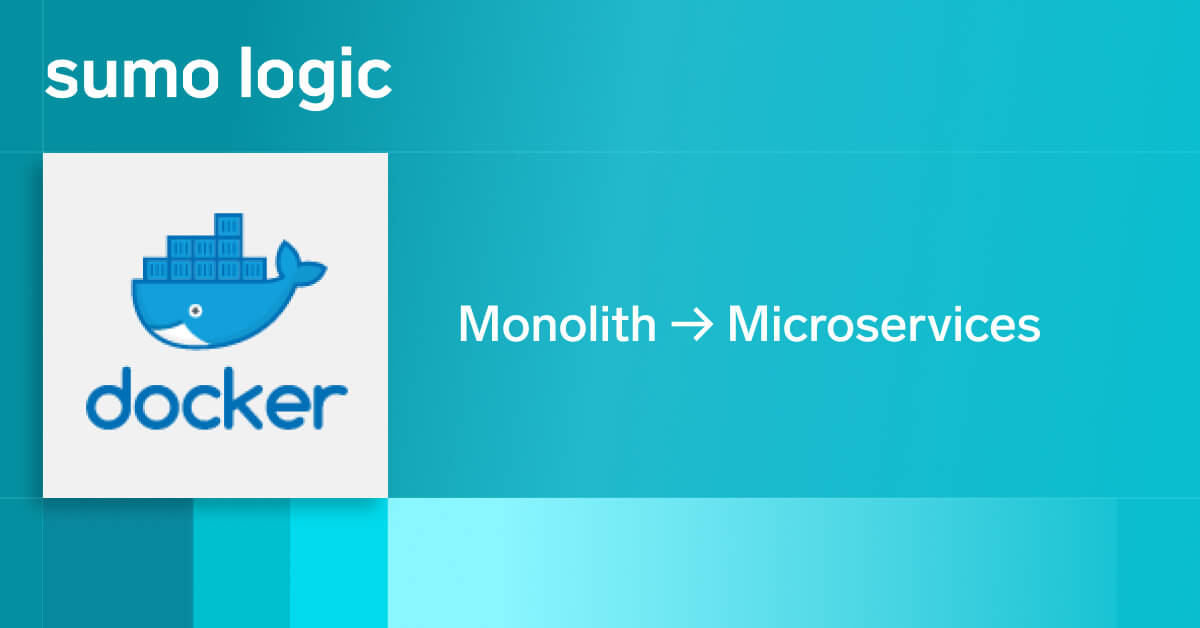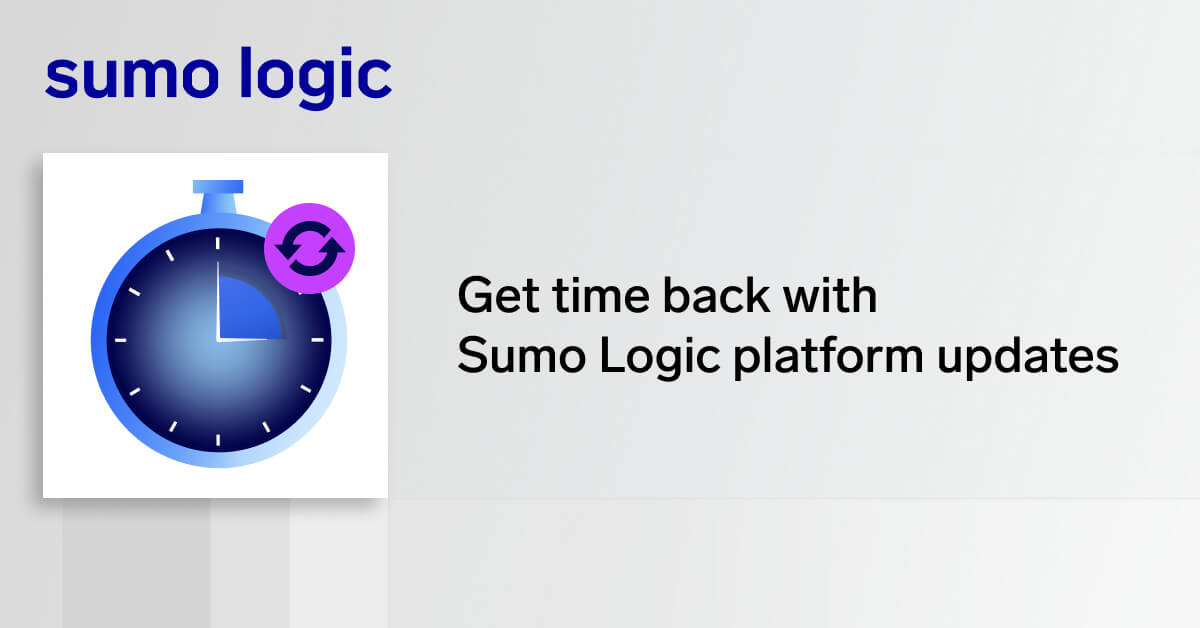New World of Modern Apps and Cloud Create Complex Security Challenges
As the transition to the cloud and modern applications accelerates, the traditional security operations center (SOC) functions of threat correlation and investigation are under enormous pressure to adapt. These functions have always struggled with alert overload, poor signal to noise ratio in detection, complex and lengthy workflows, and acute labor churn; however, cloud and modern applications add new challenges to integrate previously siloed data and process while coping with much larger threat surface areas. To overcome these challenges, security must continuously collaborate with the rest of IT to acquire and understand essential context. In addition, cloud and application-level insight must be integrated with traditional infrastructure monitoring, and investigation workflows must accelerate at many times the current speed in order to keep pace with the exploding threat landscape.
In the past 2 months we’ve formally surveyed hundreds of companies about their challenges with security for modernizing IT environments in the 2018 Global Security Trends in the Cloud report, conducted by Dimensional Research in March 2018 and sponsored by Sumo Logic. The survey included a total of 316 qualified independent sources of IT security professionals across the U.S. and Europe, the Middle East and Africa (EMEA). In addition, we’ve interviewed a broad cross-section of both current and potential future Sumo Logic customers.
According to the survey results, a strong majority of respondents called out the need for a fundamentally new approach for threat assessment and investigation in the cloud, and even the laggard voices conceded these are “if not when” transitions that will redraw boundaries in traditional security tools and process.
In the Customer Trenches: Why Security and IT Must Collaborate
Eighty-seven percent of surveyed security pros observed that as they transition to the cloud, there is a corresponding increase in the need for security and IT operations to work together during threat detection and investigation. Customer interviews gave color to this strong majority with many use cases cited. For instance, one SaaS company security team needed end customer billing history to determine the time budget and priority for conclusion/case queuing.
Another online business process firm needed close collaboration with the cloud ops teams to identify if slow application access was a security problem or not. A third company needed IT help for deeper behavioral insight from identity and access management (IAM) systems. In all of these examples the heavy dose of cloud and modern applications made it nearly impossible for the already overburdened security team to resolve the issues independently and in a timely manner. They required real-time assistance in getting data and interpreting it from a variety of teams outside the SOC.
These examples are just a few of the complex workflows which can no longer be solved by siloed tools and processes that are holding organizations back from fully securing their modern IT environments. These challenges surface in the survey data as well, with 50 percent of respondents specifically looking for new tools to improve cross-team workflows for threat resolution. This group — as you would expect — had plenty of overlap with the over 50 percent of respondents who observed that on-premises security tools and traditional security information and event management (SIEM) solutions can’t effectively assimilate cloud data and threats.
Unified Visibility is Key: Integrating Cloud and Application Insight
Eighty-two percent of those surveyed observed that as their cloud adoption increases there is a corresponding increase in the need to investigate threats at both the application and infrastructure layers. A clear pattern in this area was best summarized by one SOC manager, who said: “I feel like 90 percent of my exposure is at the application layer but my current defense provides only 10 percent of the insight I need at that layer.” Attackers are moving up the stack as infrastructure defenses solidify for cloud environments, and the attack surface is expanding rapidly with modular software (e.g. microservices) and more externally facing customer services.
“Ninety percent of my exposure is at the application layer but my current defense provides only 10 percent of the insight I need”
In the survey, 63 percent of security pros reported broader technical expertise is required when trying to understand threats in the cloud. An industry veteran who spent the past 3 years consulting on incorporating cloud into SOCs noted a “three strikes you’re out” pattern for SOC teams in which they could not get cloud application data, could not understand the context in the data when they did get it, and even if they understood it could not figure out how to apply the data to their existing correlation workflows. One CISO described the process like “blind men feeling an elephant,” a metaphor with a long history describing situations in which partial understanding leads to wild divergence of opinion.
Customers interviews provided several examples of this dynamic. One incident pesponse veteran described painstaking work connecting the dots from vulnerabilities identified in DevOps code scans to correlation rules to detect cross-site scripting, a workflow invisible to traditional infrastructure-focused SOCs. Another enterprise with customer facing SaaS offerings described a very complex manual mapping from each application microservice to possible IOCs, a process the traditional tools could only complete in disjointed fragments. Many reported the need to assess user activity involving applications in ways standard behavior analytics tools could not.
More broadly these cloud and application blind spots create obvious holes in the security defense layer, such as missing context, lost trials, unidentified lateral movement and unsolvable cases (e.g. cross-site scripting) to name a few. Diversity of log/API formats and other challenges make moving up the stack a non-trivial integration, but these obstacles must be overcome for the defense to adapt to modern IT.
New Approach Needed to Break Down Existing Silos
With all of these challenges in the specific areas of threat correlation and investigation, it’s no surprise that more generally an aggregate of 93 percent of survey respondents think current security tools are ineffective for the cloud. Two-thirds of those surveyed are looking to consolidate around tools able to plug the holes. A full third say some traditional categories such as the SIEM need to be completely rethought for the cloud.
At Sumo Logic we’ve lived the imperative to bridge across the traditional silos of IT vs. security, application vs. infrastructure, and cloud vs. on-premises to deliver an integrated cloud analytics platform. We’re applying that hard won insight into new data sources, ecosystems and application architectures to deliver a cloud security analytics solution that meets the demands of modern IT.
Stop by the Sumo Logic booth (4516 in North Hall) this week at RSA for a demo of our new cloud security analytics platform features, including privacy and GDPR-focused dashboards, intelligent investigation workflow and enhanced threat intelligence.
To read the full survey, check out the report landing page, or download the infographic for a high-level overview of the key findings.


